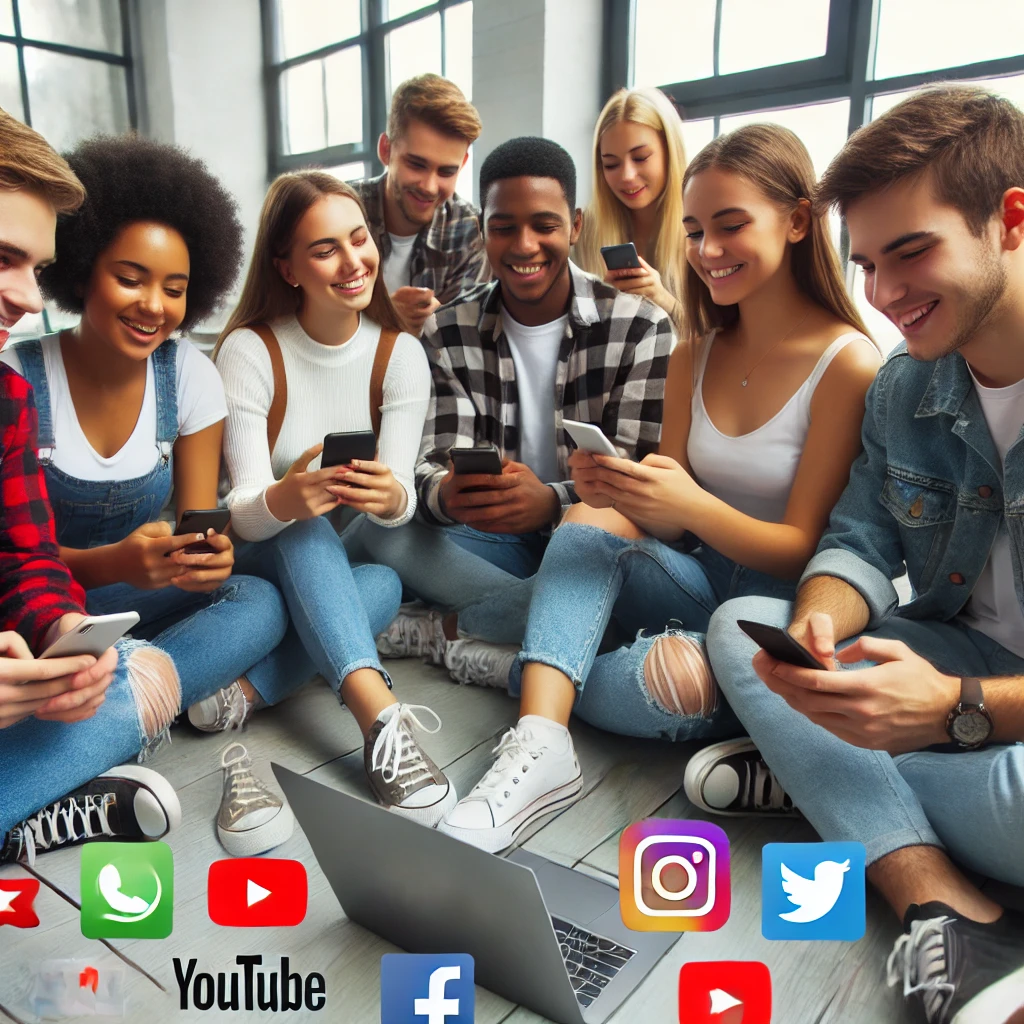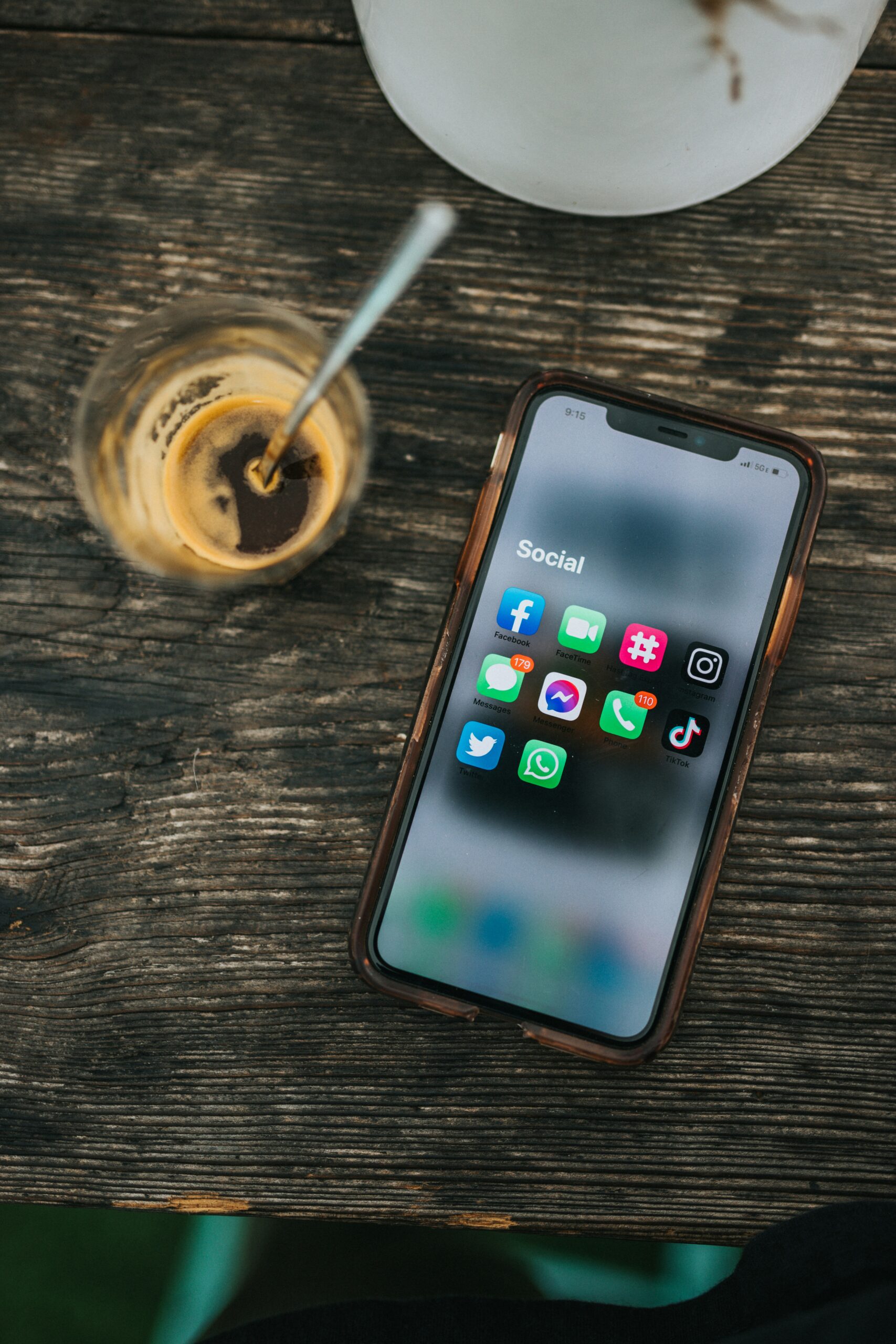social Media for students is a dominant tool in today’s digital world. It offers students an interactive way to connect, learn, and express themselves. However, the rapid rise of various platforms can make it difficult for parents and educators to stay informed about the risks and rewards of these digital spaces. This guide dives into how students engage with social media, focusing on the opportunities it provides while addressing the necessary precautions to keep them safe online.
The Role of Social Media in Students’ Lives
Social media for students is more than a communication tool; it serves as a platform for learning, building relationships, and staying connected to current trends. Students use it to follow their favorite influencers, keep up with global news, and even participate in discussions around topics they are passionate about. However, with this comes the challenge of balancing social media use with real-life responsibilities and
ensuring they are protected from the darker side of the internet, such as cyberbullying and privacy risks.
Benefits of Social Media for Students
The online world can be an incredibly positive space for students when used correctly. It offers various benefits, such as:
1. Educational Resources
Students can access tutorials, online courses, and educational content. Platforms like YouTube are hubs for learning, from math tutorials to language lessons, and even college prep resources.
2. Creative Expression
Apps like TikTok and Instagram enable students to express their creativity by making videos, photos, and art. Many students use these platforms as portfolios for their talents, showcasing their artistic abilities to a global audience.
3. Networking Opportunities
Especially platforms like LinkedIn, allow students to connect with industry professionals early on, making it easier for them to start networking for future job opportunities. Building a strong online presence can enhance their professional brand.
Popular Platforms for Students
Here’s a more detailed look at the top platforms popular with students and what parents need to know about each:
1. YouTube: A Hub for Learning and Entertainment
YouTube is the most widely used platform, with over 95% of teens reporting regular use. It’s a valuable educational tool, offering endless videos on every topic imaginable.
- What parents should know: Parents can implement YouTube Supervised Experiences to limit access to inappropriate content and monitor usage.
2. Snapchat: Temporary Messages and Fun Filters
Snapchat allows students to send disappearing messages, images, and videos. It’s quick, fun, and appealing for casual social interactions. However, its fleeting nature can encourage risky behavior, which parents should monitor.
- Safety Tips: Encourage students to use Snap Map cautiously, as it shows their location in real-time.
3. Instagram: Visual Sharing with Privacy Options
Instagram provides students with a platform to share photos, follow trends, and interact with friends. Its private account feature gives users control over who sees their posts. Instagram’s algorithm can sometimes expose users to content that may affect their mental health, so it’s important to foster healthy habits.
- What parents should know: Instagram’s Family Center offers a variety of tools to help parents monitor their child’s activity.
4. TikTok: Short-Form Videos and Trends
TikTok’s explosive growth has made it one of the most popular apps among students. Its video-based content is fun, creative, and often educational, but its addictive nature can lead to excessive screen time.
- What parents should know: TikTok has Digital Wellbeing features to set screen time limits and filter inappropriate content.
5. BeReal: Authentic Moments
BeReal is a newer platform focused on sharing unfiltered, real-life moments. It pushes back against the curated nature of other apps by sending a daily notification at a random time, prompting users to post within two minutes.
- Privacy Concerns: BeReal’s location-sharing feature can put students at risk, so it’s best to turn off this feature in the settings for added safety.
Social Media and Mental Health: Finding the Balance
While social media offers many benefits, overuse can negatively impact students’ mental health. Here are some signs that students may need to reassess their usage:
- Decreased Face-to-Face Interaction: Heavy social media users often replace real-life interactions with online communication, leading to social isolation.
- Unrealistic Comparisons: Social media can create pressure to live up to idealized images of others, leading to feelings of inadequacy.
- Addiction: Students may feel the need to be constantly connected, impacting their focus on schoolwork and other responsibilities.
Encourage students to take regular breaks and engage in face-to-face activities to promote healthy social interactions.
How to Help Students Use Social Media Safely
1. Have Open Conversations
Discuss with your child why they use social media, what they enjoy, and any challenges they face. Ask questions to understand what appeals to them about specific platforms and help them reflect on the time they spend online.
2. Set Reasonable Boundaries
Create co-developed ground rules about how often and for what purposes social media can be used. Encourage them to prioritize real-life interactions, especially during family time.
3. Use Parental Control Features
Most platforms offer built-in parental control tools to monitor screen time and content. Familiarize yourself with these settings to create a safe online environment. For example, both YouTube Supervised Accounts and TikTok Screen Time Management can help parents manage their child’s online behavior.
4. Lead by Example
Children often mirror their parents’ behavior. Show them how to use social media responsibly by maintaining a balanced approach in your own digital life.
Positive Outcomes
When used appropriately, social media can have many positive effects on students, including:
- Improved Communication Skills: Interacting with diverse groups online can enhance students’ ability to communicate across different cultures.
- Global Awareness: Social media gives students access to global news and viewpoints, helping them develop a more rounded understanding of current events.
- Career Development: LinkedIn and similar platforms allow students to start building a professional network while still in school.
For more tips on fostering positive digital habits, check out How to Use Social Media Effectively for Students: 10 Proven Tips.
Final Thoughts: Social Media as a Tool for Growth
The online world is an integral part of students’ lives and isn’t going away anytime soon. While it offers many benefits, parents and educators should take an active role in guiding students toward responsible usage. By keeping communication open, setting boundaries, and encouraging positive engagement, students can enjoy the best that social media has to offer while avoiding its pitfalls.


